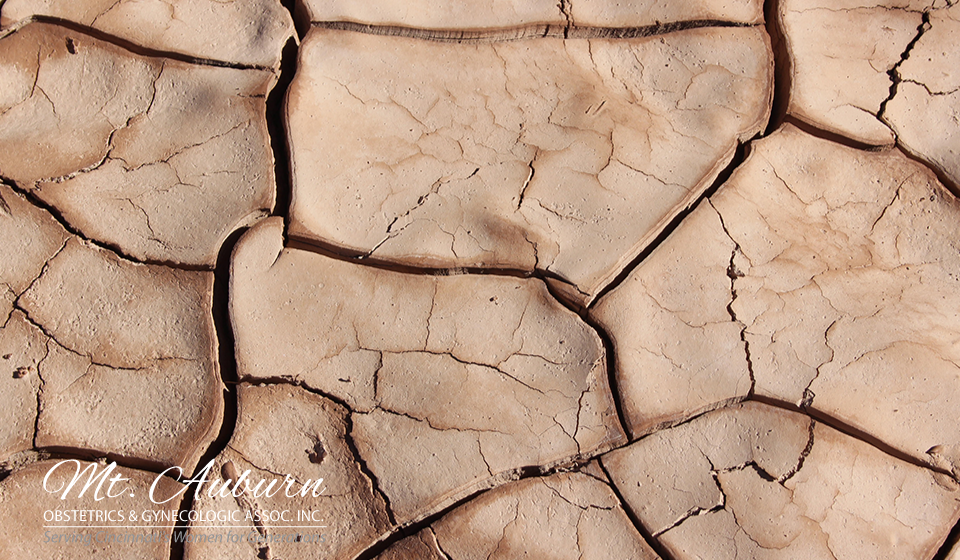Osteoporosis is a disease in which the bones lose mass, becoming thin and weak. Some bone loss is to be expected as part of the aging process, but with osteoporosis the bone loss is so severe that it causes bones to become porous, brittle, and likely to break. The disease affects 25 million Americans, mostly post-menopausal women.
What Are the Risk Factors for Osteoporosis?
A number of factors determine the risk of developing osteoporosis, including:
- Gender – Women have lighter, thinner bones than men.
- Age – With menopause, estrogen decreases resulting in a decrease in bone mass.
- Race – Caucasian and Asian women have 5 to 10% lower bone density than African-American women. The lighter the complexion, the higher the risk for osteoporosis. Women with very fair skin, freckles, and blond or reddish hair are at the highest risk for osteoporosis.
- Build – A smaller frame, or weaker bones, increases the risk for bone fracture. Overall muscle tone can play a role in the likelihood of experiencing a bone fracture.
- Age at Menopause – Early menopause causes reduced levels of estrogen over a longer period of time than when menopause occurs later.
- Heredity – Having a mother, grandmother, or sister with osteoporosis increases your risk.
- Medication use ? The use of steroids, diuretics, anti-convulsants will increase your risk for osteoporosis.
- Alcohol use and smoking – Both smoking and alcohol use are risk factors for osteoporosis.
- Medical conditions – Anorexia, Celiac disease, diabetes, chronic diarrhea, kidney or liver disease are risk factors for osteoporosis.
How Can I Prevent Osteoporosis?
- Exercise -Exercise increases bone mass before menopause resulting in a decrease in bone loss after menopause.
- Diet – Calcium intake is most important in three age groups. The earliest age group is from childhood through the mid-20’s when bones are growing at the fastest rate. Postmenopausal women experiencing rapid bone loss should monitor calcium intake. Calcium intake is also important in the elderly population.
- Hormone Replacement Therapy (HRT) – Replacing estrogen after menopause improves calcium absorption and has been shown to prevent osteoporosis in 70 to 80% of women.
